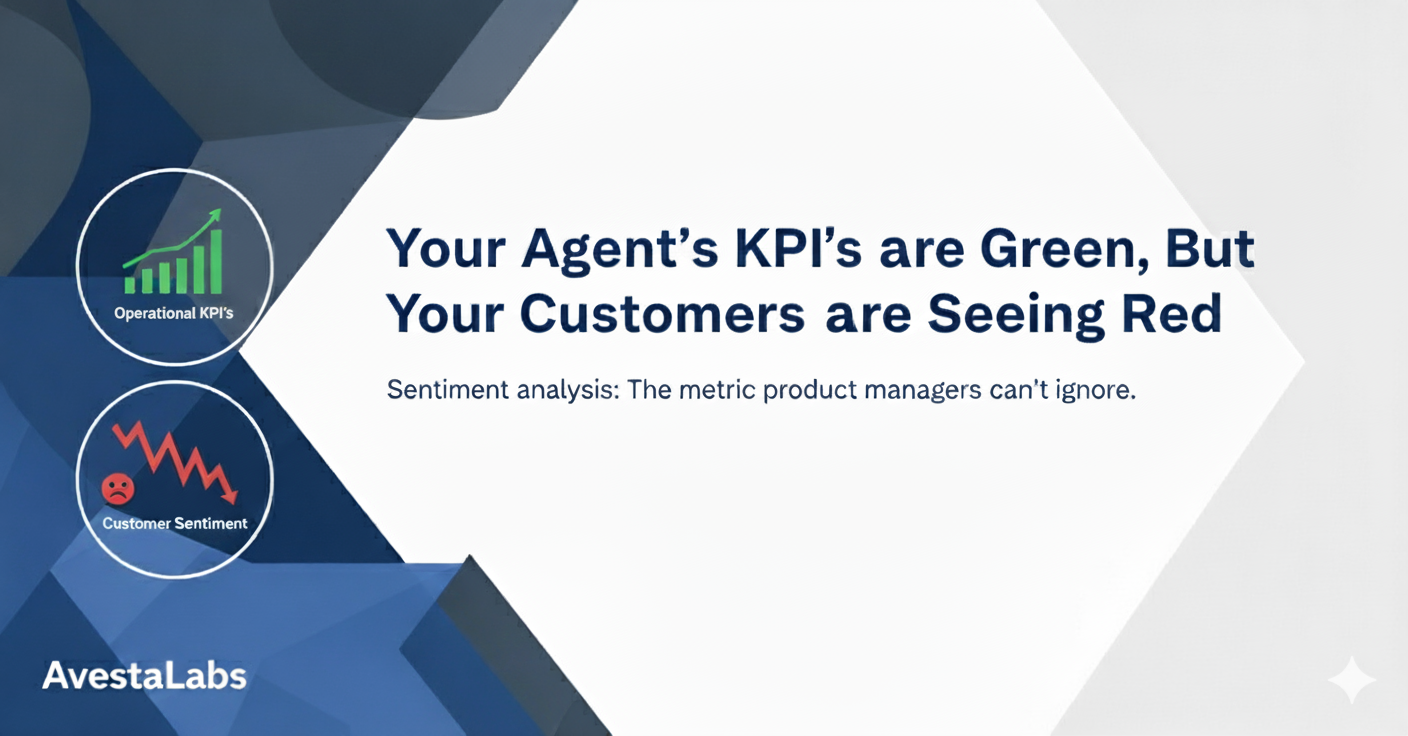
Mastering Context Engineering: The Key to Building Effective AI Agents
In the world of Large Language Models (LLMs), crafting intelligent and reliable agents goes far beyond just feeding them data. One of the most critical, yet often overlooked, components is context engineering. This blog explores why context engineering matters, how it affects LLM performance, and the best practices to design efficient systems that maximize accuracy and reliability.
1. Why Context Engineering Matters in Building Effective Agents
When building high-performing AI agents, context engineering plays a pivotal role. While reducing costs is one benefit, the real value lies in improving the accuracy, predictability, and overall effectiveness of LLMs. Today, we'll explore how context engineering directly impacts agent performance and why it's essential when aiming to enhance accuracy.
2. The Importance of Context Engineering for Capable Agents
Through our experience building AI agents, we observed that even as LLMs become faster and more capable of handling large volumes of data, they still behave like humans in one critical way: they have limitations in focus and memory.
As you feed more data into an LLM's context window, its ability to focus begins to degrade. At a certain threshold, the model becomes confused, and its accuracy starts to decline. Research has shown that exceeding a certain level of information in the context window can lead to reduced performance. Each LLM behaves differently, some degrade gradually, while others become unpredictable.
This is because, like humans with limited working memory, LLMs have a finite "attention budget." When this budget is exceeded, the model's ability to recall earlier information weakens. In transformer-based architectures, each token tries to form relationships with all previous tokens. As context length increases, the number of relationships grows, eventually impacting performance.
Thus, even if your LLM supports a large context window, it's crucial to thoughtfully engineer the context, loading only the most relevant information needed for the task at hand.
3. Designing Systems for Effective Context Management
Understanding the constraints of LLMs, such as fixed attention budgets, leads us to the core principle of effective context engineering: load only the minimum necessary information relevant to the task.
Key Design Principles:
- Clarity and Simplicity: Your system should be clear and simple.
- Right Altitude of Instruction: Avoid hardcoding every rule. While strict logic may ensure compliance, it increases system complexity and fragility.
- Balance Specificity and Flexibility: If instructions are too vague, the model may hallucinate or misinterpret tasks. If too specific, it becomes rigid and hard to maintain.
The goal is to strike a balance where the system provides just enough guidance and information for the agent to perform the task accurately, without overloading the context window.
4. Organising Context for Optimal LLM Performance
When organizing your system and its context, structure is everything.
Best Practices:
- Use Example-Based Formatting: LLMs are typically trained on example-based text. Organizing your context in this format improves retrieval and understanding.
- Start with Minimal Information: Begin with the least amount of data necessary. Gradually add more based on testing and desired outcomes.
- Tune Instructions Iteratively: Adjust instructions to be neither too vague nor overly specific. Ensure the agent has sufficient, but not excessive, information.
- Avoid Redundancy: If tool descriptions already include necessary details, avoid repeating them in system instructions. LLMs can infer from existing descriptions.
By continuously evaluating and testing your system, you'll find the sweet spot where your instructions use attention budget effectively and deliver the desired results.
5. Advanced Techniques for Long Task Management
For longer tasks, special context engineering techniques become essential.
Techniques to Consider:
- Context Compaction and Offloading: Reduce or offload less relevant parts of the context.
- Note Taking: Summarise and compress information to save space.
- Agentic Memory: Use memory-like structures to store and retrieve information as needed.
- Pointer-Based Retrieval: Instead of loading full data, use pointers that the LLM can follow when necessary, just like humans recall where to find information rather than memorizing everything.
- Sub-Agent Architecture: Divide tasks among multiple sub-agents, each with its own context and tools. The main agent assigns tasks and receives results, keeping its context clean and focused.
These techniques ensure that your LLM operates efficiently, even when handling complex or extended tasks.
6. Conclusion: Why Context Engineering Truly Matters
In conclusion, context engineering is not just a technical detail, it's a foundational element in building effective AI agents. Even if an LLM supports large context windows, crafting the right context with curated, relevant information is what truly drives performance.
By managing attention budgets, using compaction techniques, and applying thoughtful design principles, you can maximize the outcomes of your AI systems. These practices not only enhance accuracy but also enable the development of autonomous, reliable agents that work effectively within finite resources.
By mastering context engineering, you're not just optimising performance, you're building the future of intelligent, dependable AI.
Ready to build enterprise-grade AI agents with proper context engineering?
Get started today: hello@avestalabs.ai

Seasoned software engineer and AI strategist with over 13 years of experience. I specialize in building high-performance, secure cloud-native systems and crafting AI solutions that deliver real business value.


